Nature never ceases to amaze with its breathtaking geological formations. From towering rock pillars to colorful hills, the Earth is filled with wonders. Here are some of the most unusual geological formations that you must see. Each of these sites offers a glimpse into the unique processes that shaped our planet.
Giant’s Causeway, Northern Ireland
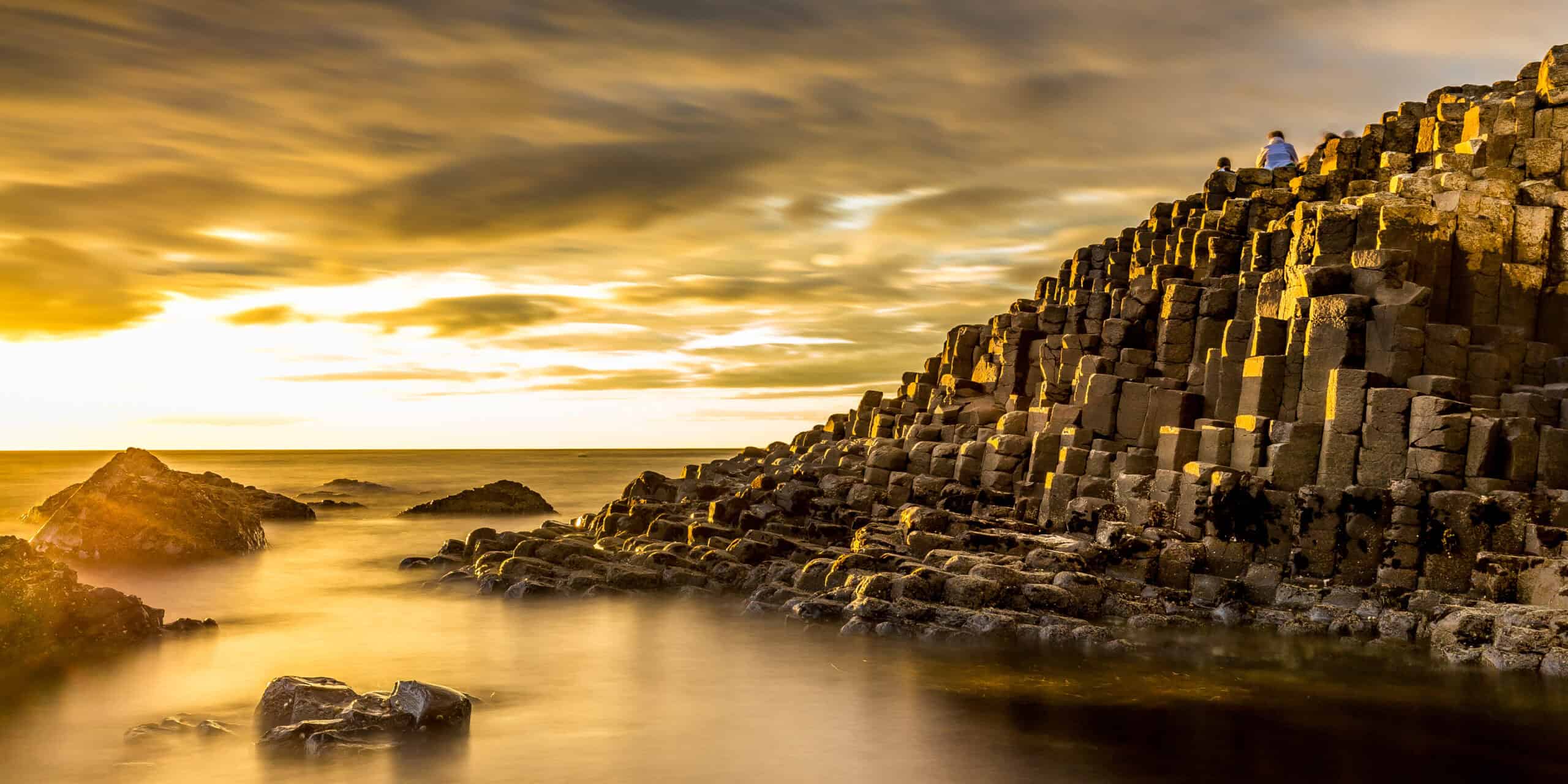
The Giant’s Causeway is a stunning formation of about 40,000 interlocking basalt columns. These columns, mostly hexagonal, were formed around 60 million years ago due to intense volcanic activity. Lava cooled and contracted, creating these unique geometric shapes. According to legend, the columns were the remains of a causeway built by the giant Fionn mac Cumhaill. This UNESCO World Heritage site is located on the northeast coast of Northern Ireland. The tallest columns reach up to 12 meters high, and the site covers nearly 70 hectares. The natural beauty and geological significance make it a must-visit.
Wave Rock, Australia
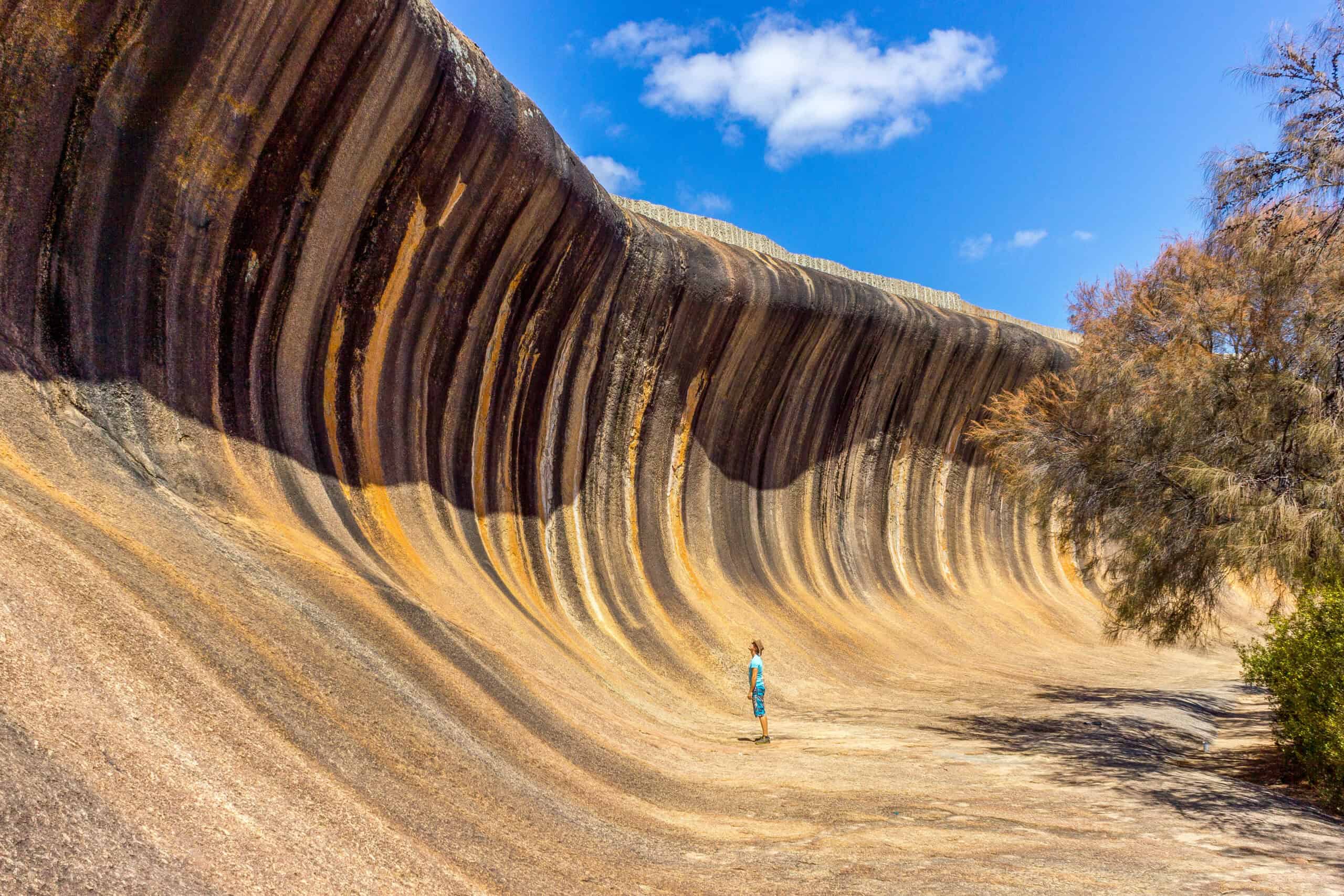
Wave Rock is a natural rock formation that resembles a tall breaking ocean wave. Located in Western Australia, it is about 15 meters high and 110 meters long. This formation was created over 2.7 billion years ago due to weathering and erosion. The striking wave shape is caused by water erosion, which has undercut the base and left the upper part projecting. The multicolored streaks on the rock are due to rain washing chemical deposits down its face. Wave Rock is part of the larger Hyden Wildlife Park, which includes other geological attractions such as the Hippo’s Yawn.
Chocolate Hills, Philippines
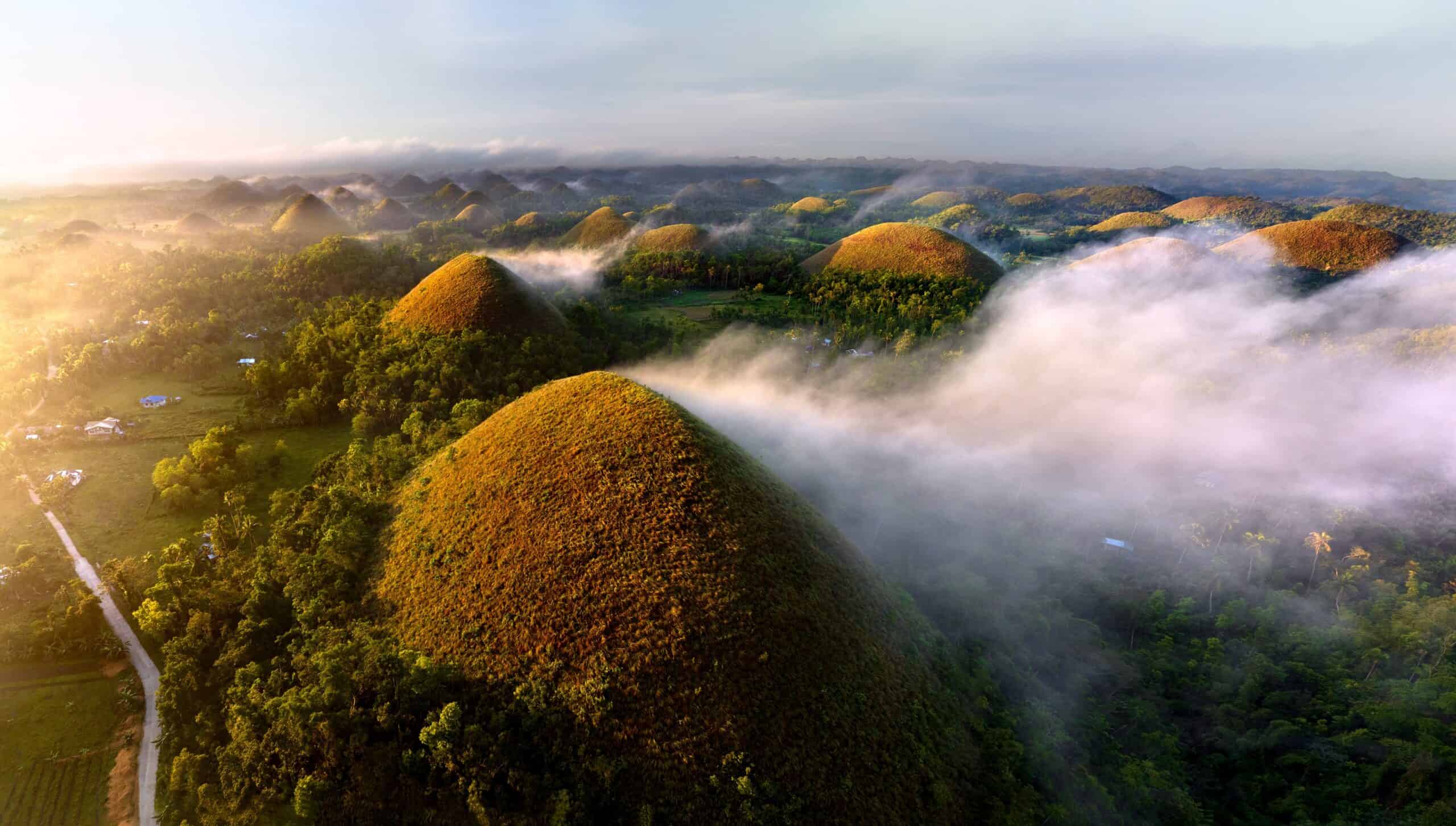
The Chocolate Hills are a group of at least 1,260 hills spread over an area of more than 50 square kilometers in Bohol, Philippines. During the dry season, the grass covering the hills turns brown, resembling chocolate drops, hence the name. These limestone hills were formed by the uplift of coral deposits and the action of rainwater and erosion over millions of years. The hills are almost uniform in shape and size, creating a surreal landscape. They are one of the Philippines’ top tourist attractions, offering a unique and picturesque view.
The Pinnacles, Australia
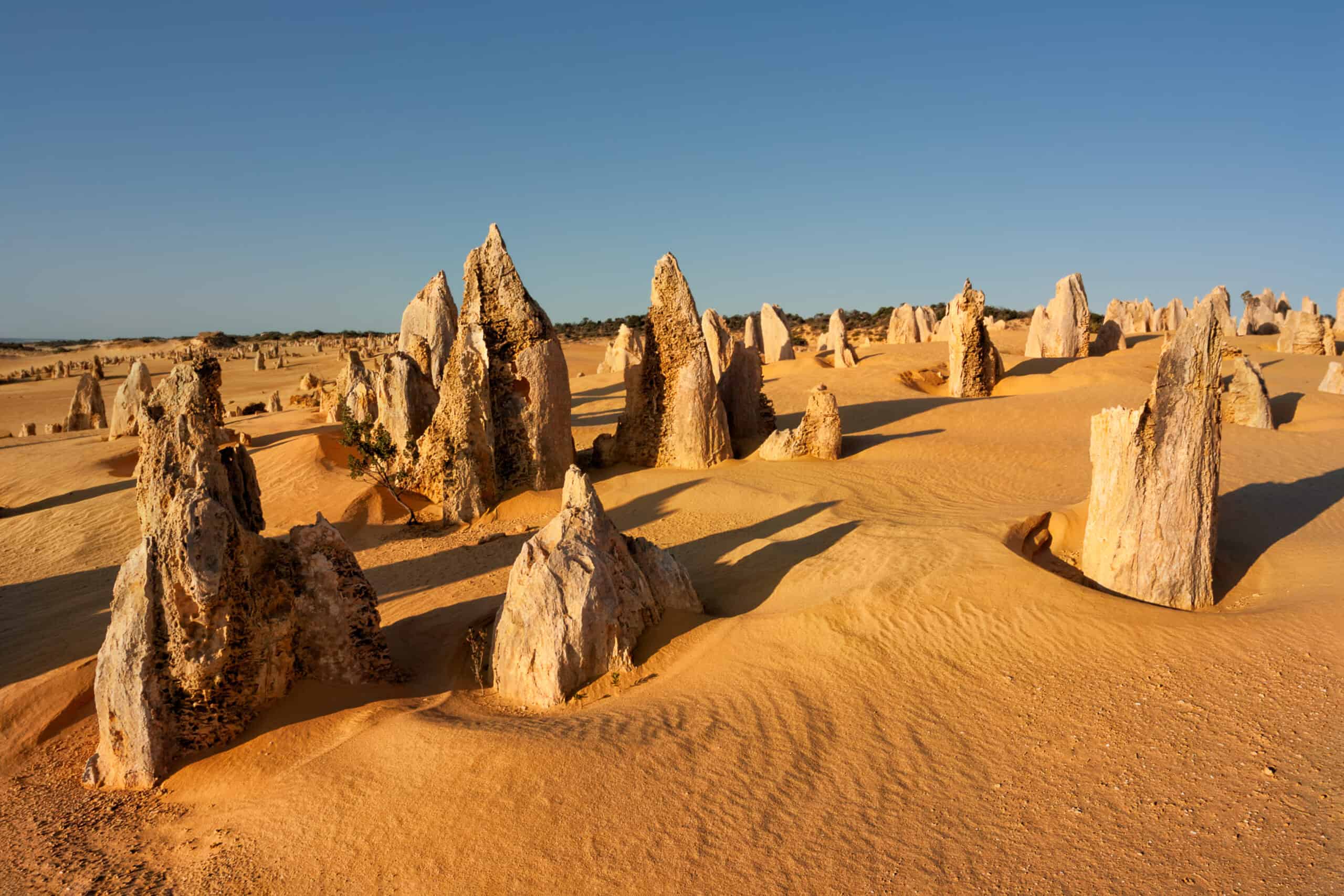
The Pinnacles Desert is located within Nambung National Park, Western Australia. It features thousands of limestone pillars, some reaching up to 3.5 meters high. These formations were created around 25,000 to 30,000 years ago after the sea receded and left deposits of seashells. Over time, winds removed the surrounding sand, exposing the pillars. The Pinnacles are remarkable for their varied shapes and sizes. Visitors can explore the desert via walking trails or a scenic drive, taking in the eerie yet fascinating landscape.
Antelope Canyon, USA
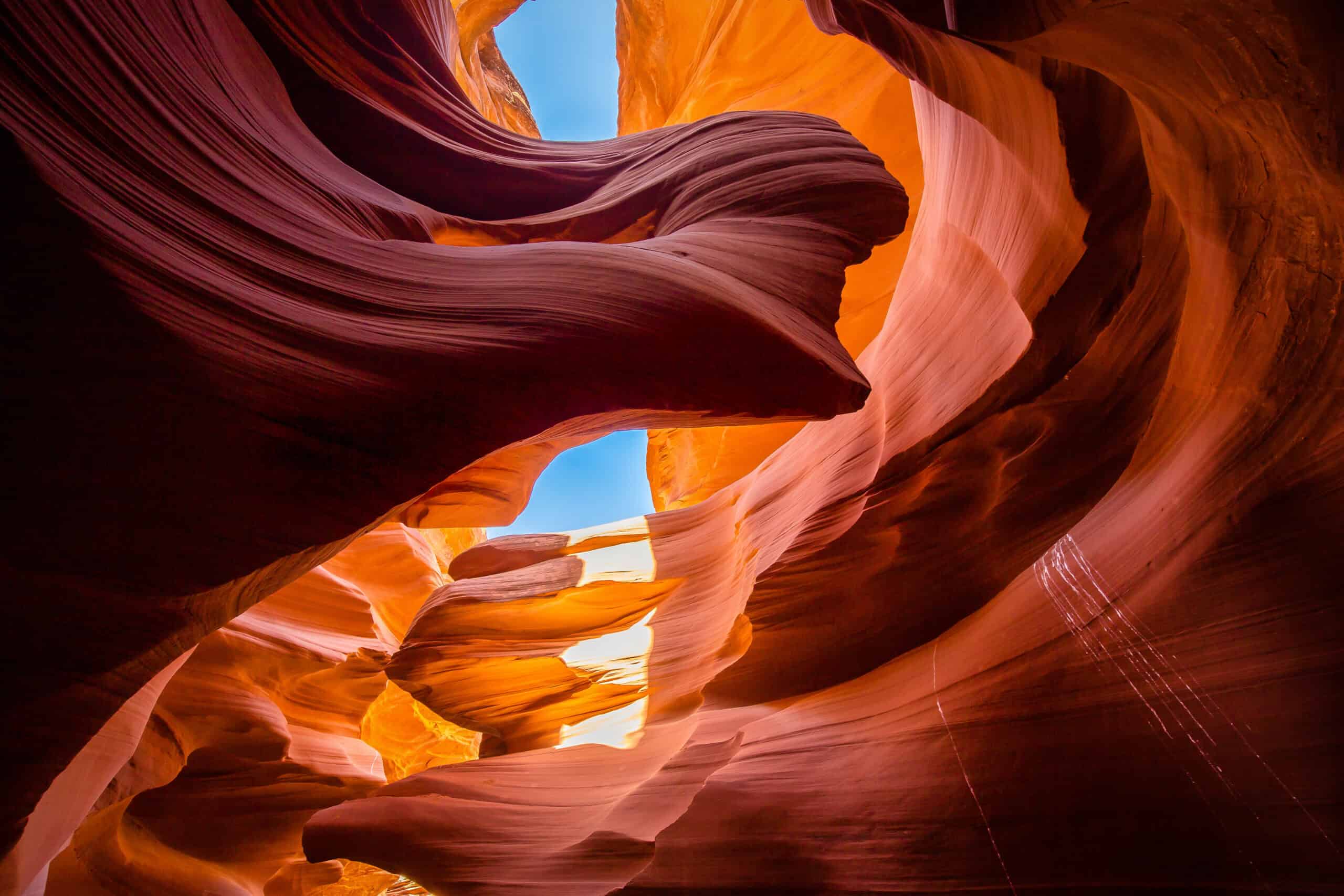
Antelope Canyon is a slot canyon in Arizona, known for its wave-like structure and light beams that shine down into the openings of the canyon, illuminating the red sandstone. The canyon was formed by the erosion of Navajo sandstone due to flash flooding and other sub-aerial processes. The narrow passages, some as tight as a few feet wide, create a labyrinth of colorful rock formations. It is divided into two sections: Upper Antelope Canyon (The Crack) and Lower Antelope Canyon (The Corkscrew). Both sections are popular with photographers and tourists due to their dramatic, ever-changing light.
Salar de Uyuni, Bolivia

Salar de Uyuni is the world’s largest salt flat, spanning over 10,000 square kilometers. Located in southwest Bolivia, it sits at an altitude of 3,656 meters above sea level. This vast expanse was formed as a result of transformations between several prehistoric lakes. During the rainy season, a thin layer of water transforms the salt flat into a giant mirror, creating a surreal and breathtaking sight. Salar de Uyuni contains about 7% of the world’s known lithium reserves. The flat is also a major breeding ground for several species of flamingos, adding to its ecological significance.
Bryce Canyon, USA
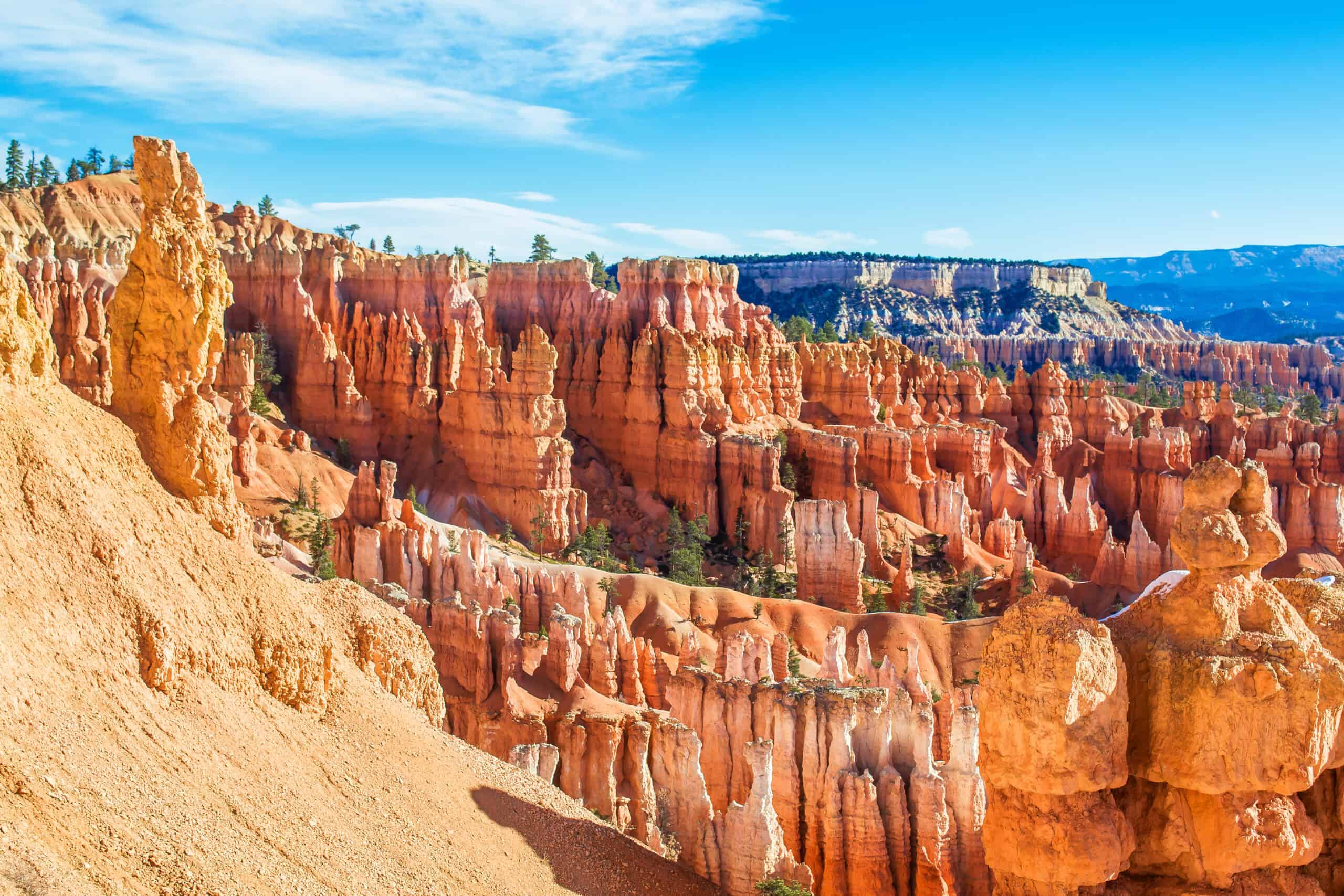
Bryce Canyon National Park in Utah is known for its unique geological structures called hoodoos. These tall, thin spires of rock were formed through frost weathering and stream erosion of the river and lake bed sedimentary rocks. The park’s high elevation and its clear skies offer some of the best air quality and stargazing opportunities in the United States. The vibrant colors of the rocks, ranging from red to orange to white, create a stunning landscape that attracts visitors from around the world. Bryce Canyon is a true marvel of nature’s artistry.
Pamukkale, Turkey
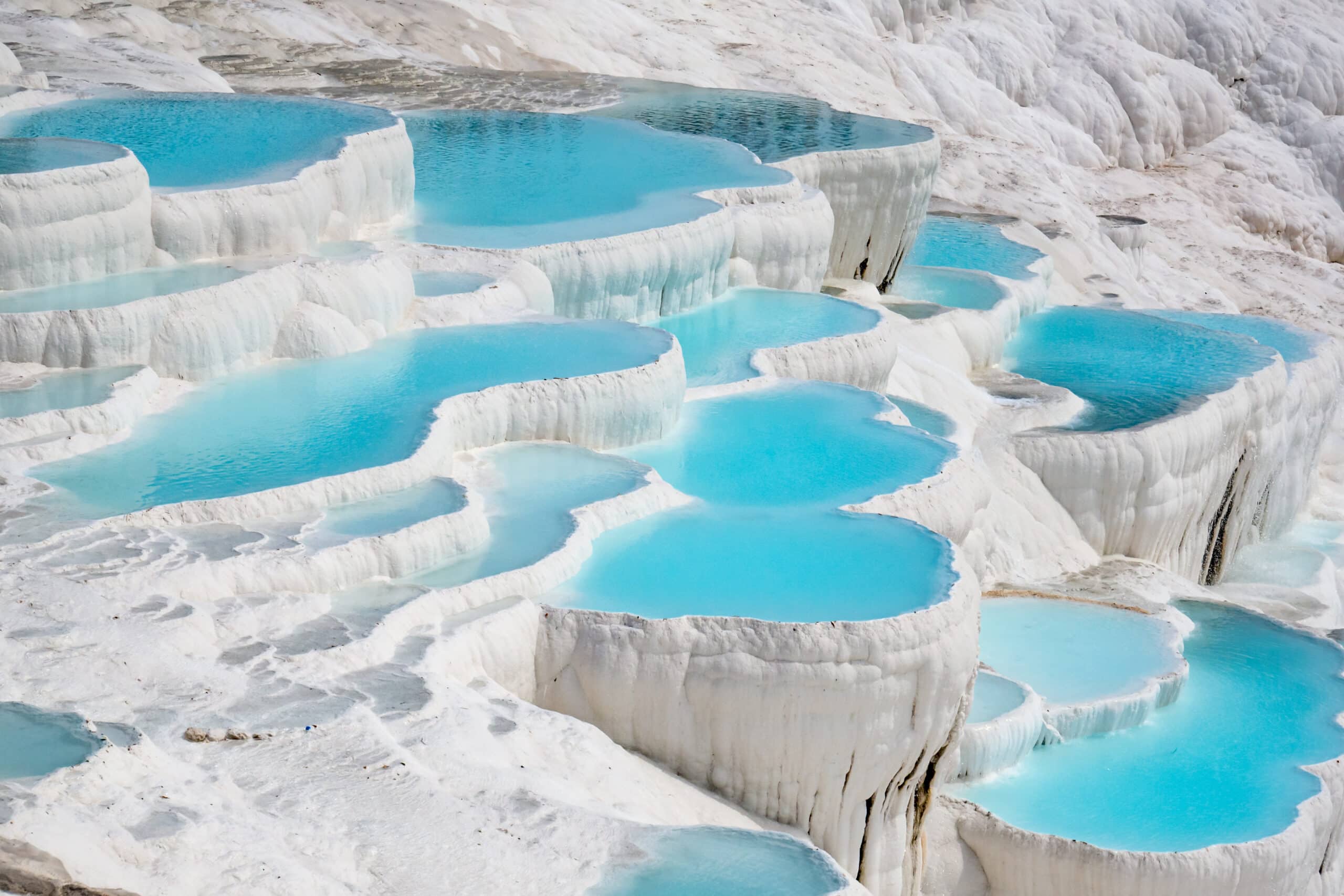
Pamukkale, meaning “Cotton Castle” in Turkish, is a natural site in southwestern Turkey. It features terraces of carbonate minerals left by the flowing water from hot springs. The terraces and pools are filled with mineral-rich waters that have been used for thousands of years for their therapeutic properties. The brilliant white terraces give the appearance of a frozen waterfall or a series of natural bathtubs. This site is also home to the ancient Greco-Roman city of Hierapolis. Together, Pamukkale and Hierapolis are recognized as a UNESCO World Heritage Site.
The Great Blue Hole, Belize
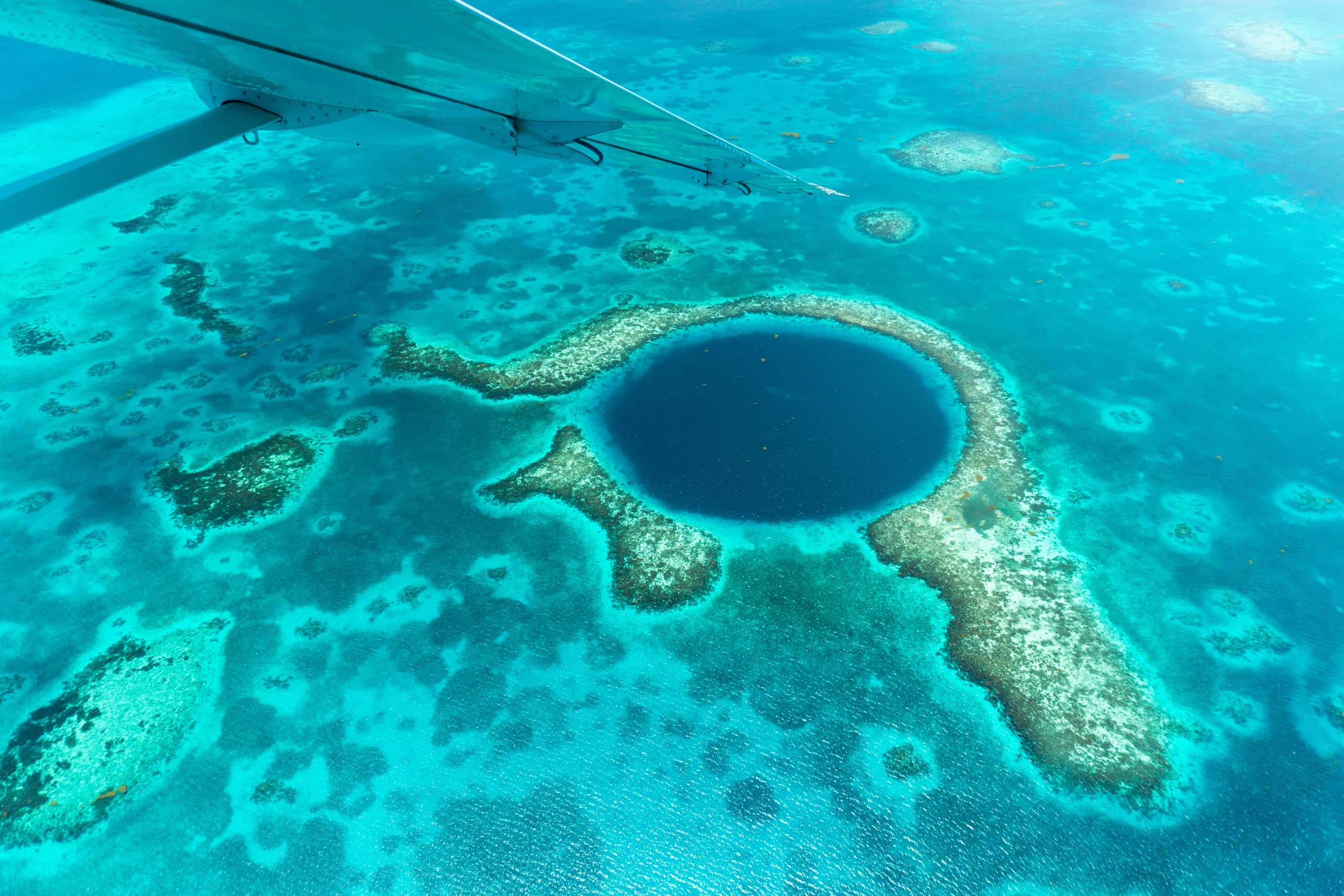
The Great Blue Hole is a giant marine sinkhole off the coast of Belize. It is circular in shape, over 300 meters across and 125 meters deep. This natural wonder was formed during several episodes of glaciation when sea levels were much lower. The hole is part of the larger Belize Barrier Reef Reserve System, a UNESCO World Heritage Site. It is a popular spot for recreational scuba diving, offering unique opportunities to explore its stalactites and stalagmites. The deep blue color of the water contrasts strikingly with the surrounding shallow areas.
Zhangye Danxia Landform, China
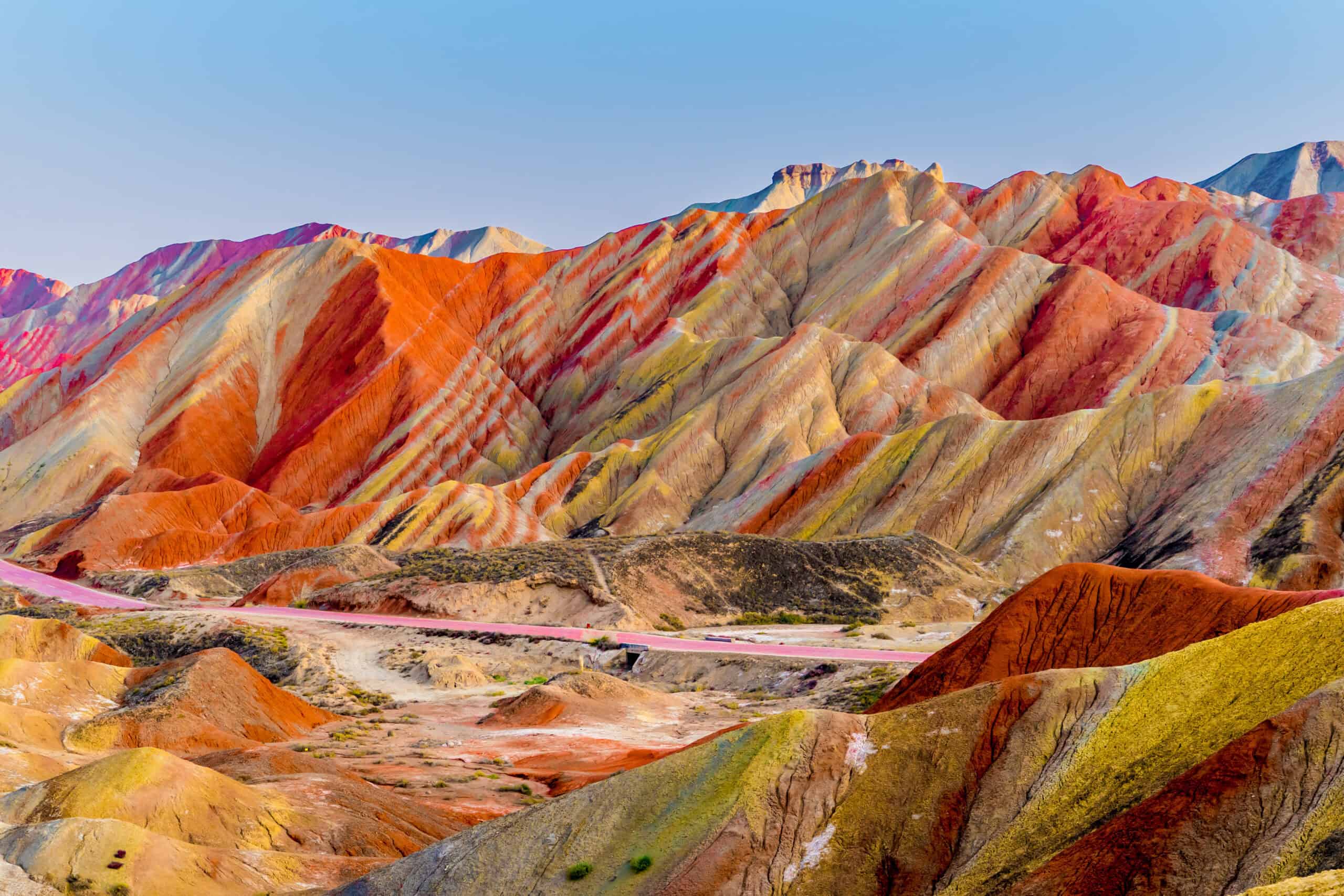
The Zhangye Danxia Landform in China is renowned for its vibrant, rainbow-colored rock formations. These striking colors were formed by layers of sedimentary mineral deposits over millions of years. The result is a breathtaking landscape that looks like it was painted by an artist. Located in the Gansu province, the area spans over 510 square kilometers. The unique topography and vivid hues have earned it a place as a UNESCO World Heritage Site. Tourists flock to see the multicolored mountains, especially at sunrise and sunset when the colors are most intense.
Devils Tower, USA
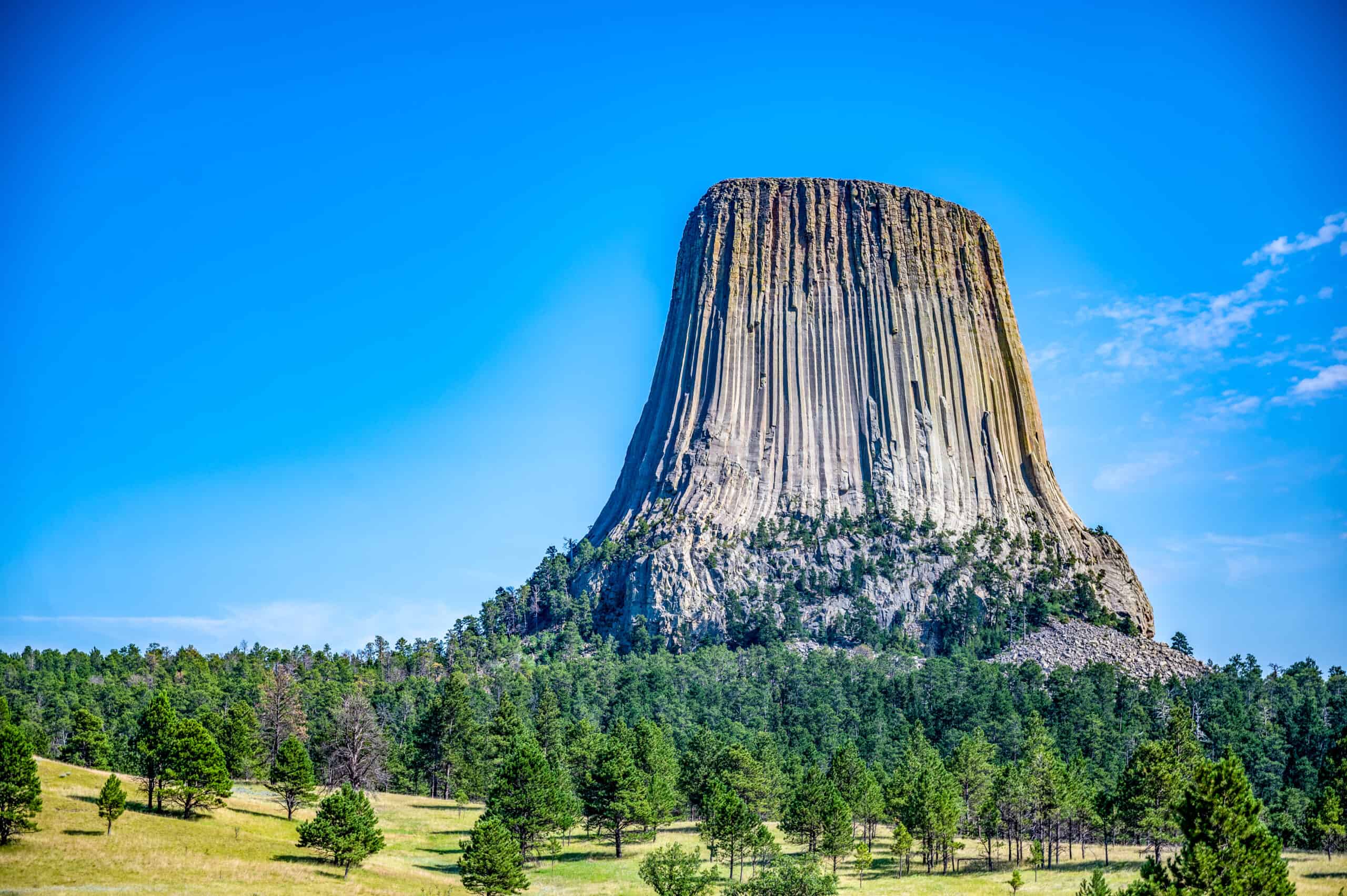
Devils Tower in Wyoming is a massive monolithic igneous formation. Rising 386 meters above the surrounding terrain, it is a striking feature of the landscape. This formation is composed of phonolite porphyry and is notable for its columnar jointing. It holds significant cultural importance to Native American tribes, who consider it a sacred site. Devils Tower was declared the first United States National Monument by President Theodore Roosevelt in 1906. Its unique shape and towering presence have made it a popular climbing destination and a landmark in American geology.
Uluru (Ayers Rock), Australia
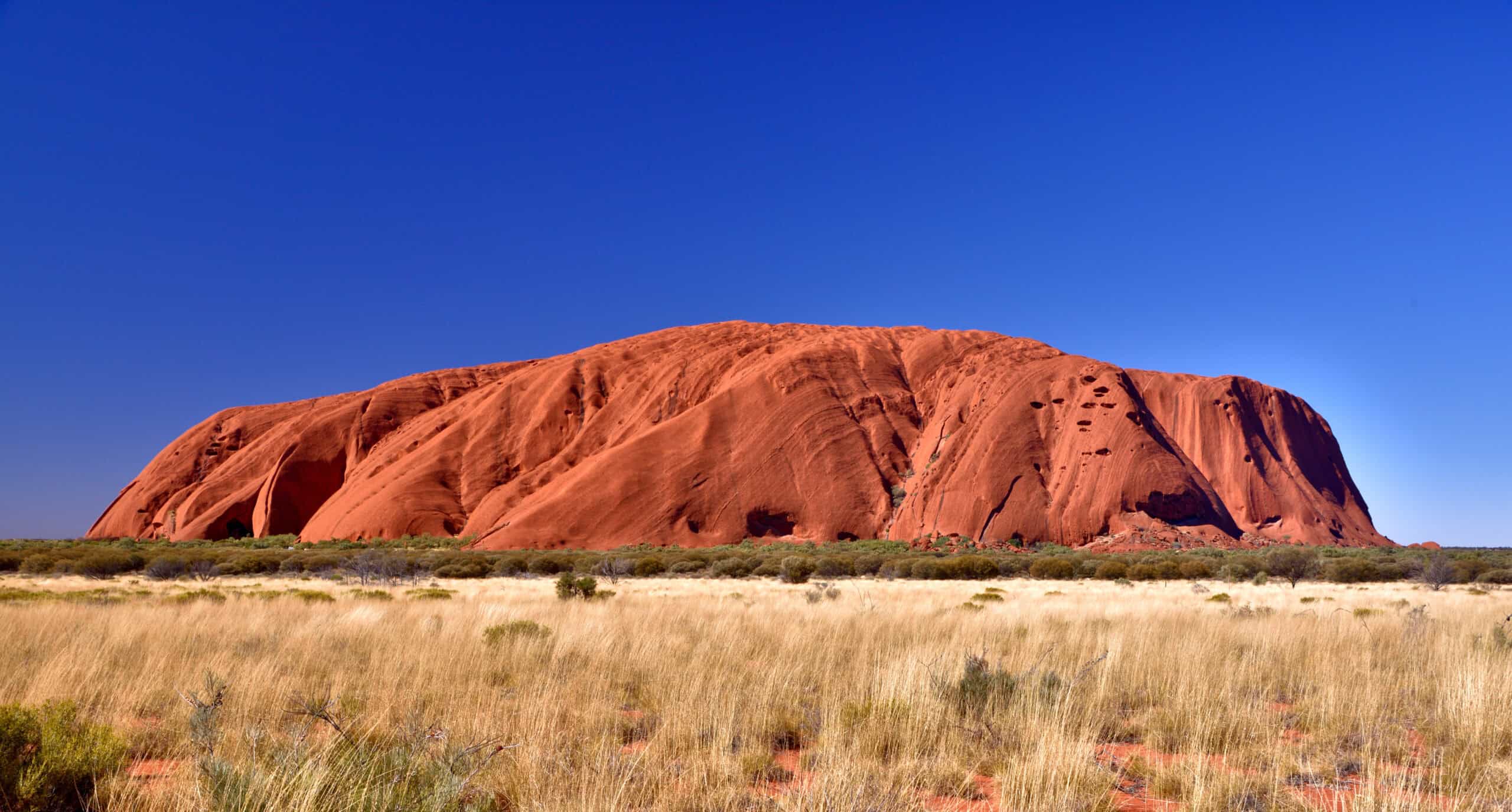
Uluru, also known as Ayers Rock, is a massive sandstone monolith in the heart of the Northern Territory’s arid “Red Centre.” Standing at 348 meters high, it is famous for its changing colors, glowing red at dawn and sunset. This iconic Australian landmark holds deep spiritual significance for the Anangu, the Aboriginal people of the area. They believe it was formed during the Dreamtime by their ancestors. Uluru is also a UNESCO World Heritage Site, recognized for both its cultural and geological importance.
Marble Caves, Chile
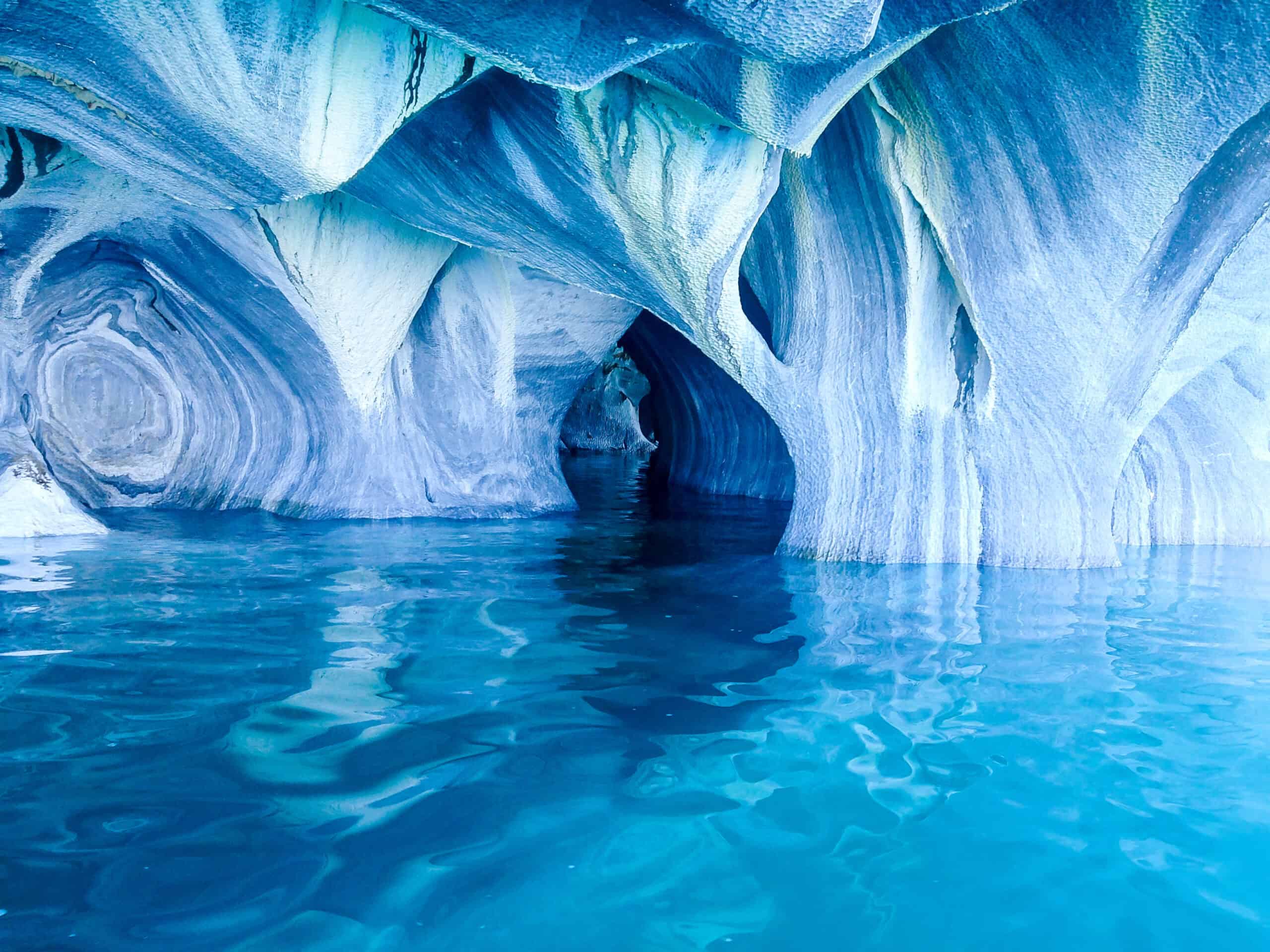
The Marble Caves are a series of intricate, swirling marble formations located in the General Carrera Lake in Chile. Over 6,000 years of wave erosion have sculpted these stunning caves, creating smooth, swirling patterns and vibrant blue hues. Accessible only by boat, these caves provide a surreal experience as light reflections from the water enhance their beauty. The unique geological process that formed these caves makes them one of the most remarkable natural wonders in South America.
Moeraki Boulders, New Zealand
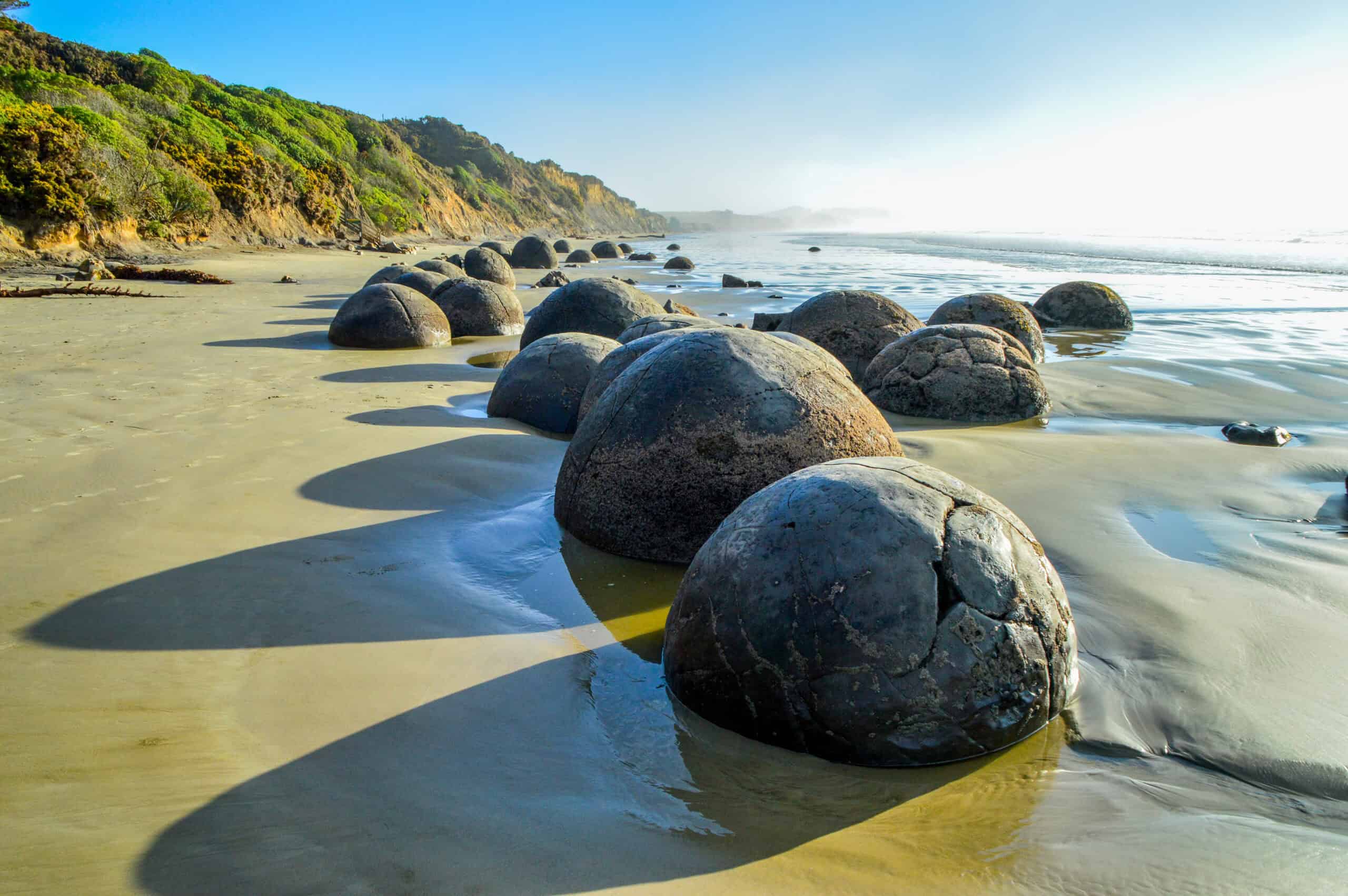
The Moeraki Boulders are large, spherical stones scattered along Koekohe Beach on New Zealand’s Otago coast. These boulders, some up to three meters in diameter, are concretions formed approximately 60 million years ago. Their near-perfect spherical shapes and large sizes make them a geological curiosity. Maori legend explains that these boulders are the remains of gourds washed ashore from an ancestral canoe. The Moeraki Boulders are a popular tourist attraction and an intriguing example of natural geomorphology.
Goblin Valley, USA
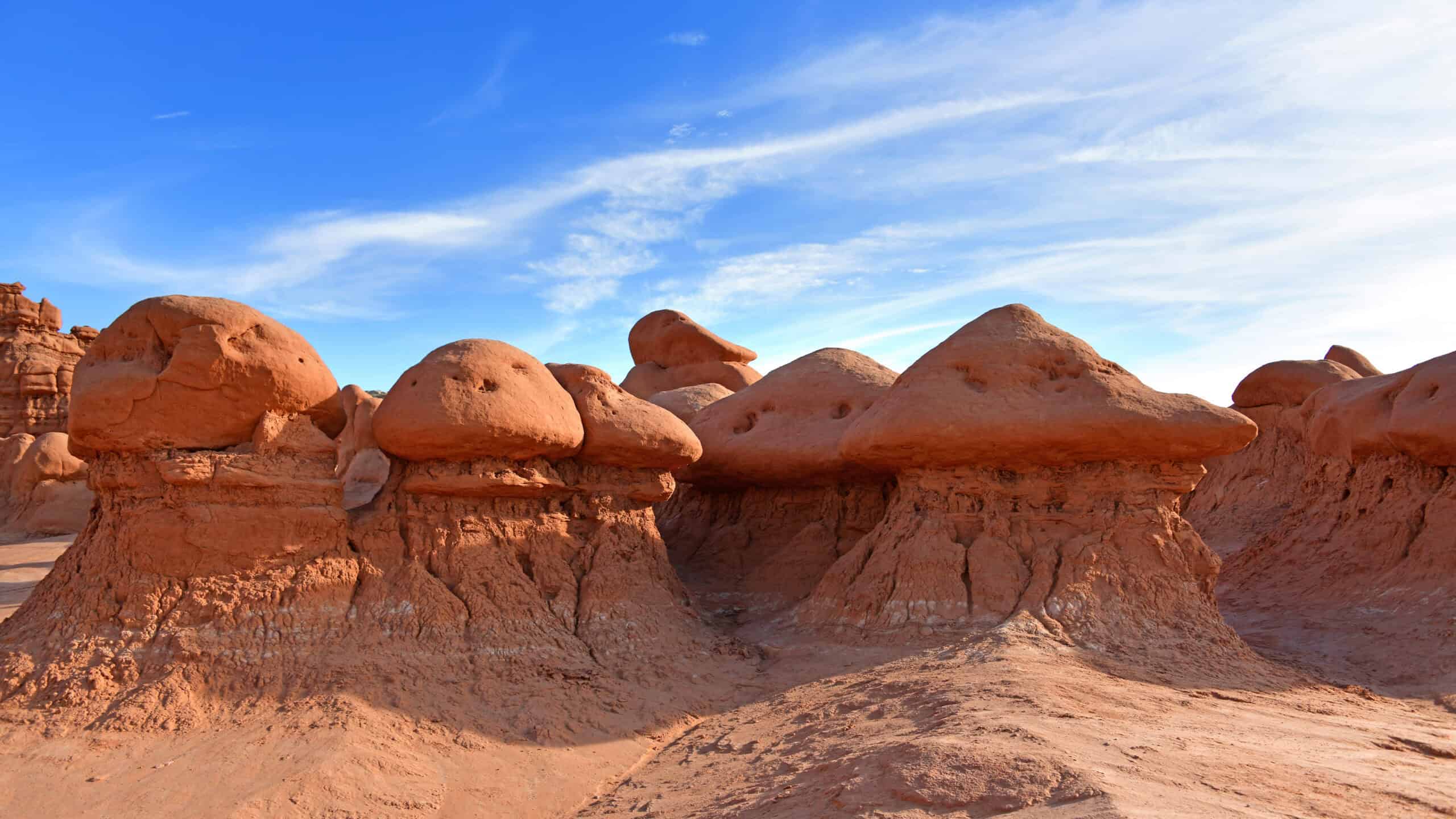
Goblin Valley State Park in Utah features thousands of hoodoos, or “goblins,” which are rock formations shaped by erosion. These eerie, mushroom-shaped pinnacles were created over millions of years by the forces of wind and water on sandstone. The unique landscape has been compared to Mars, with its strange and otherworldly appearance. The park offers hiking and camping opportunities, allowing visitors to explore the “goblins” up close. Goblin Valley’s unusual rock formations make it a fascinating destination for geologists and tourists alike.
Fingal’s Cave, Scotland
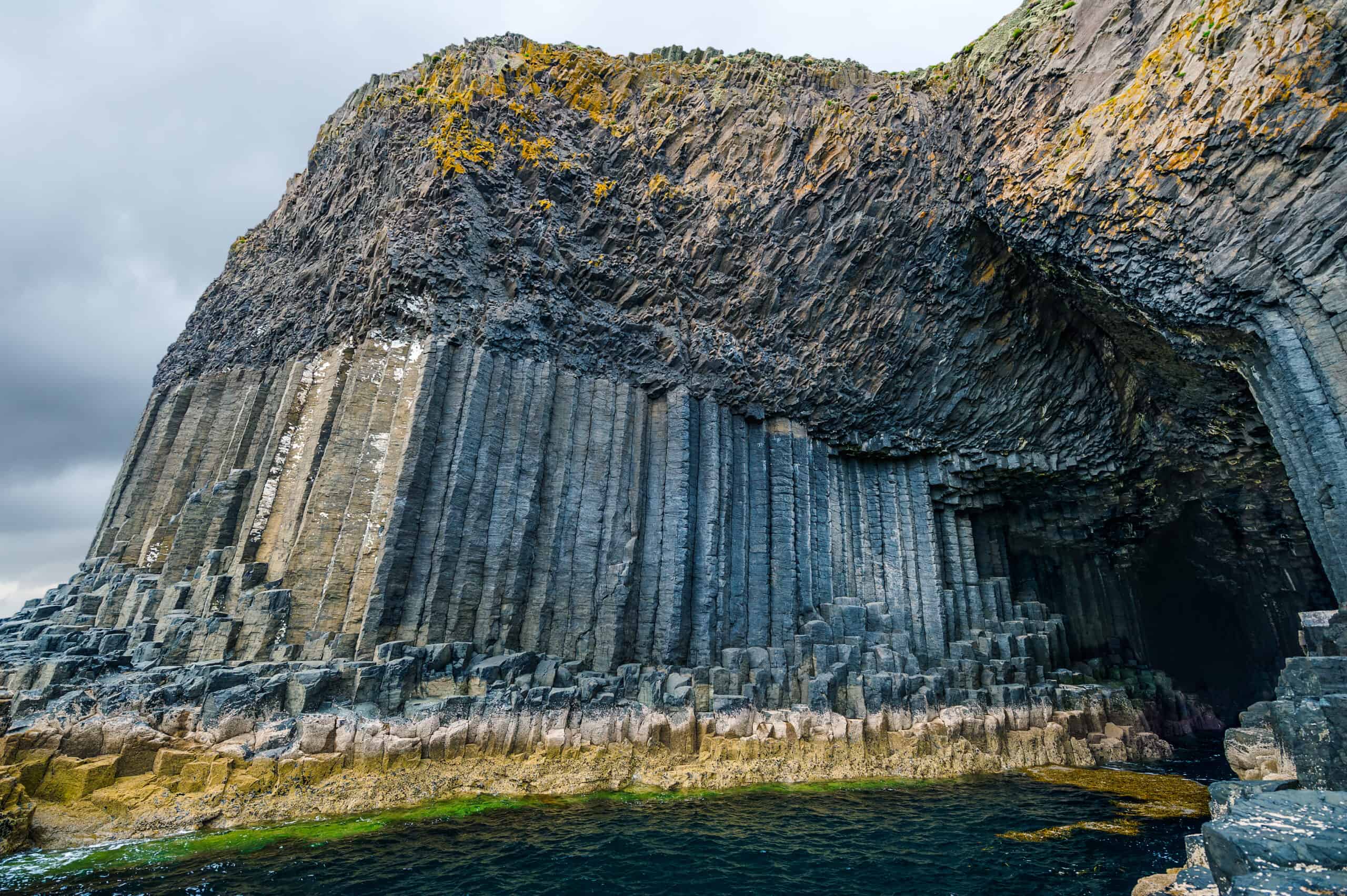
Fingal’s Cave, located on the uninhabited island of Staffa in Scotland, is famous for its natural acoustics and stunning basalt columns. These hexagonal columns, formed by volcanic activity, create a cathedral-like structure. The cave’s name comes from the legendary Irish hero Fionn mac Cumhaill. Its unique shape and the sound of waves echoing within have inspired musicians and poets for centuries. Accessible by boat, Fingal’s Cave is a marvel of geology and natural beauty.
Stone Forest, China
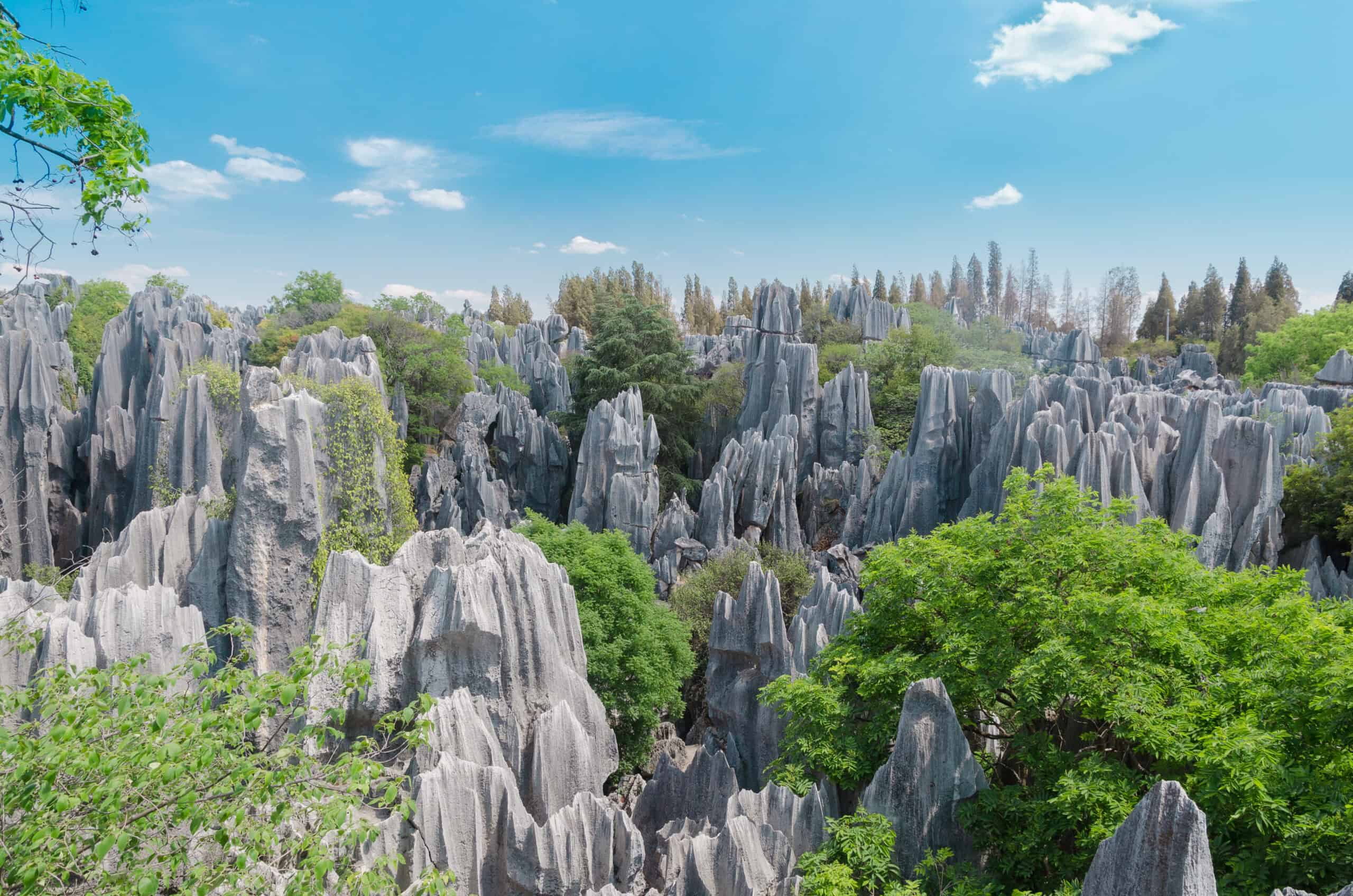
The Stone Forest, or Shilin, is a remarkable set of limestone formations located in Yunnan Province, China. These towering stone pillars, some over 30 meters high, resemble a forest made of stone. The formations were created over 270 million years ago through a combination of tectonic activity and erosion. The site is a UNESCO World Heritage Site and a significant cultural landmark for the local Yi people. The intricate shapes and sheer scale of the Stone Forest make it a geological wonder and a popular tourist attraction.
Fly Geyser, USA
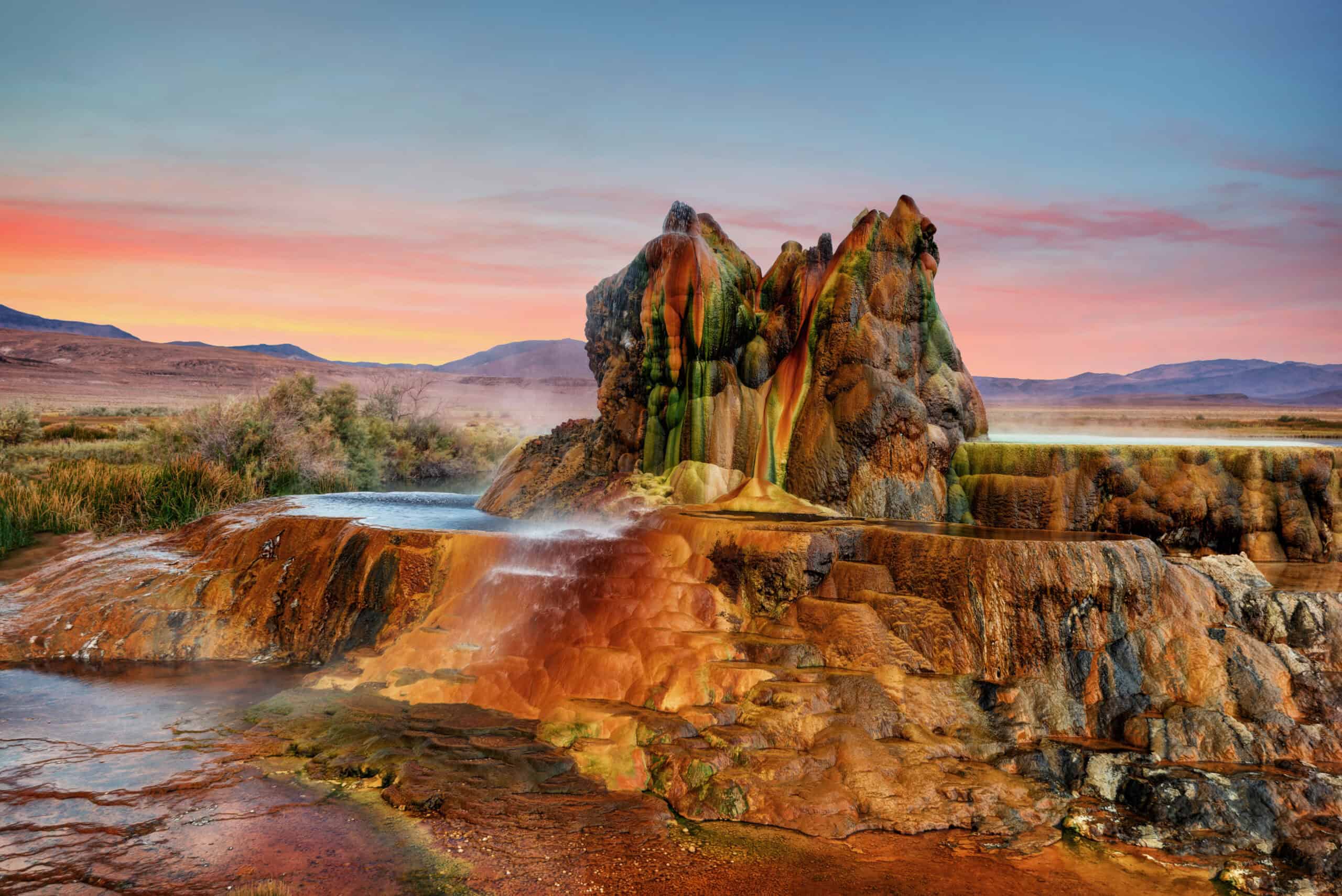
Fly Geyser is a man-made geothermal geyser located in Nevada. It was accidentally created in 1964 during well drilling when geothermal water found a weak spot in the ground and began spewing mineral-rich water, forming the colorful terraces we see today. The geyser continuously sprays scalding water, which deposits minerals that give the formations their vivid colors. Fly Geyser is on private land, but its striking appearance has made it a subject of fascination and a testament to the power of natural geothermal processes.
Fairy Chimneys, Turkey
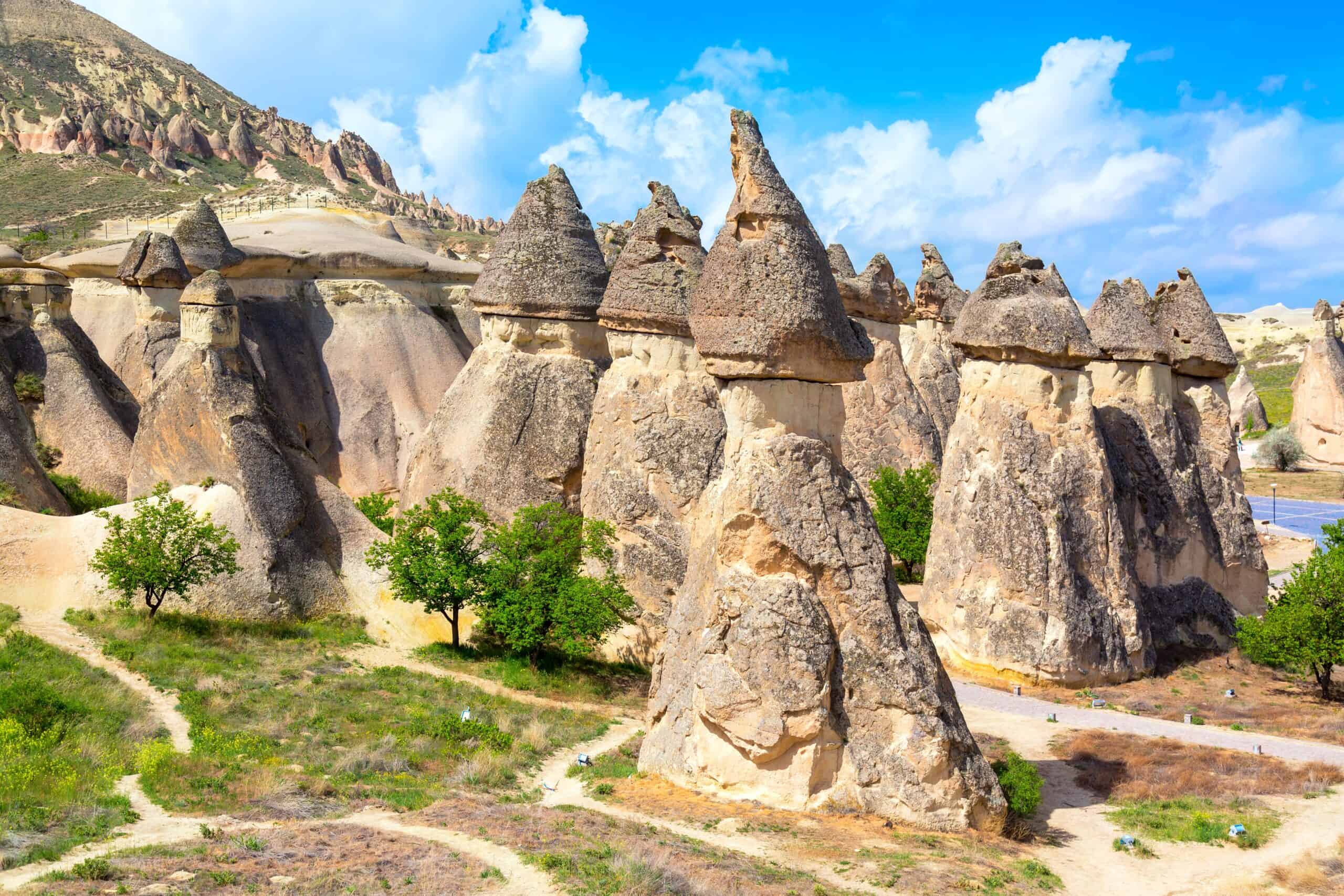
The Fairy Chimneys are unique rock formations located in Cappadocia, Turkey. These tall, thin spires were formed by volcanic activity followed by erosion, resulting in their distinctive shapes. Some of these formations have been hollowed out to create homes and churches, a practice dating back to ancient times. The area is also known for its extensive network of underground cities and cave dwellings. The surreal landscape, combined with historical and cultural significance, makes the Fairy Chimneys a unique geological and archaeological site.
Valley of the Moon, Argentina
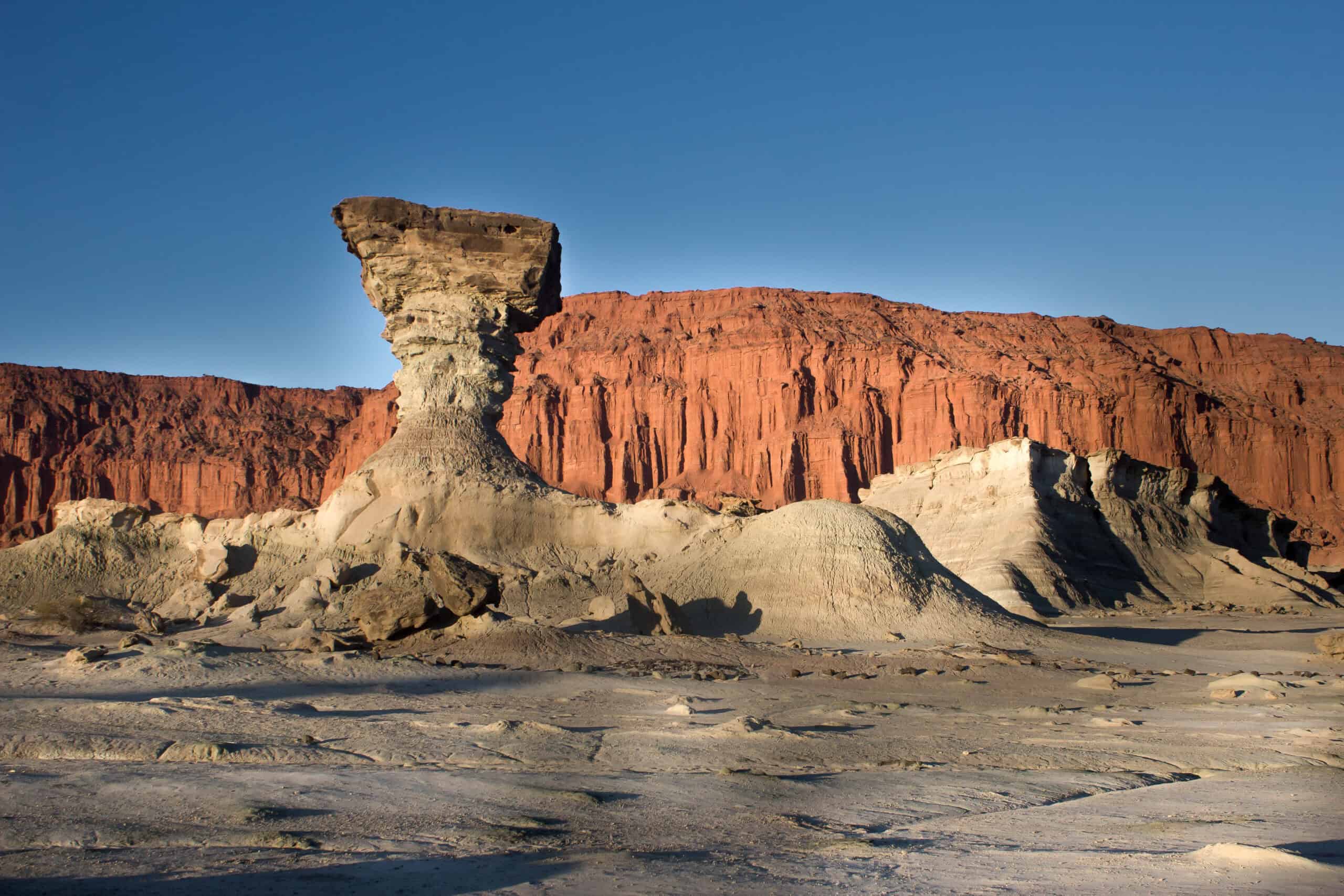
The Valley of the Moon, or Ischigualasto Provincial Park, is located in northwestern Argentina. This desert region features unusual rock formations, including mushroom-shaped stones and layered sandstone. The landscape resembles the surface of the moon, hence its name. The area is rich in fossils, offering significant insights into the Triassic period. The Valley of the Moon’s unique geological formations and paleontological importance have earned it a place as a UNESCO World Heritage Site. The combination of scientific value and natural beauty makes it a remarkable destination.
This article originally appeared on Rarest.org.
More from Rarest.org
Top 9 Rare Jewelry Pieces Collectors Love

Collecting jewelry is a passion for many enthusiasts, especially when it comes to unique and highly collectible pieces. Read More.
16 Rare Historical Artifacts with Unknown Origins
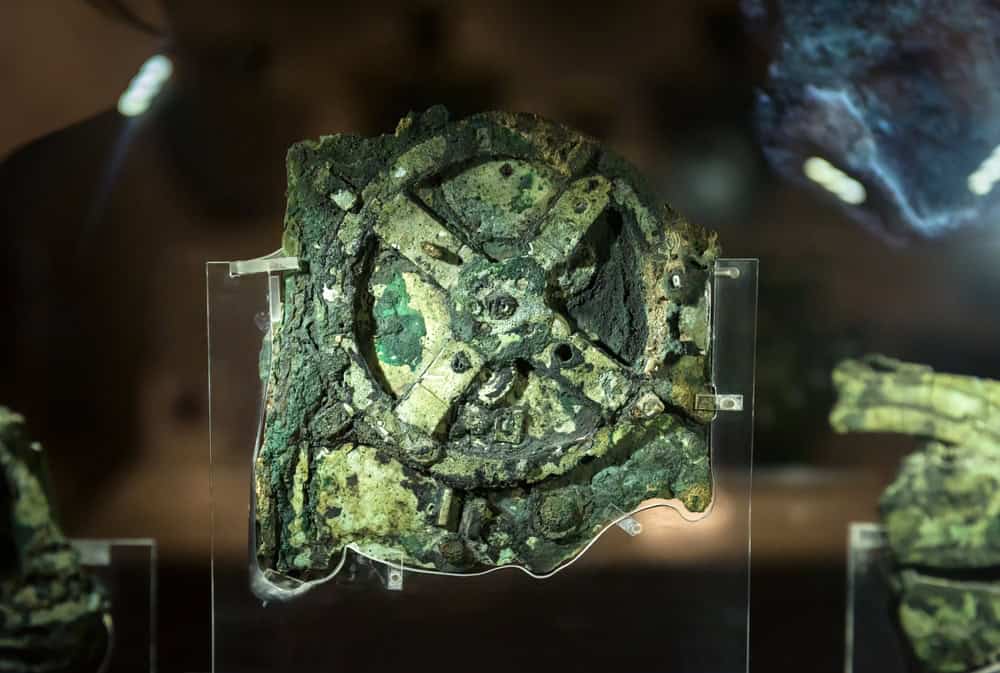
Throughout history, numerous artifacts have been discovered that baffle historians and archaeologists alike. Read More.
20 Animals with Astonishing and Unique Features

The animal kingdom is full of fascinating creatures with extraordinary features that defy imagination. From the regenerating limbs of the axolotl to the luminous lure of the anglerfish, these unique animals showcase the incredible diversity and adaptability of life on Earth. Read More.
